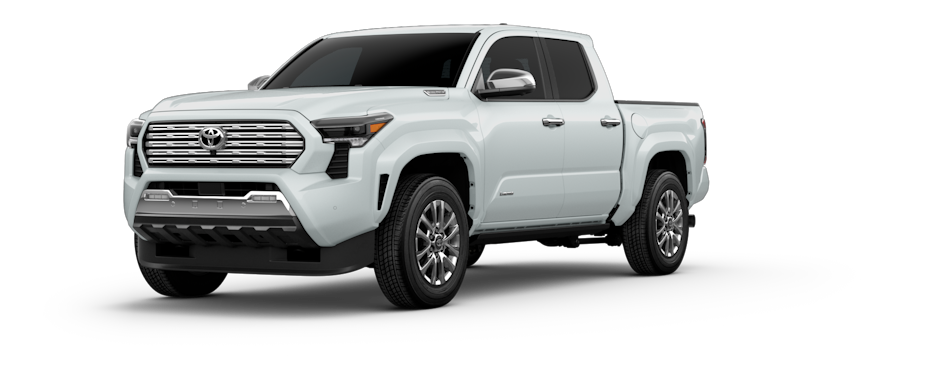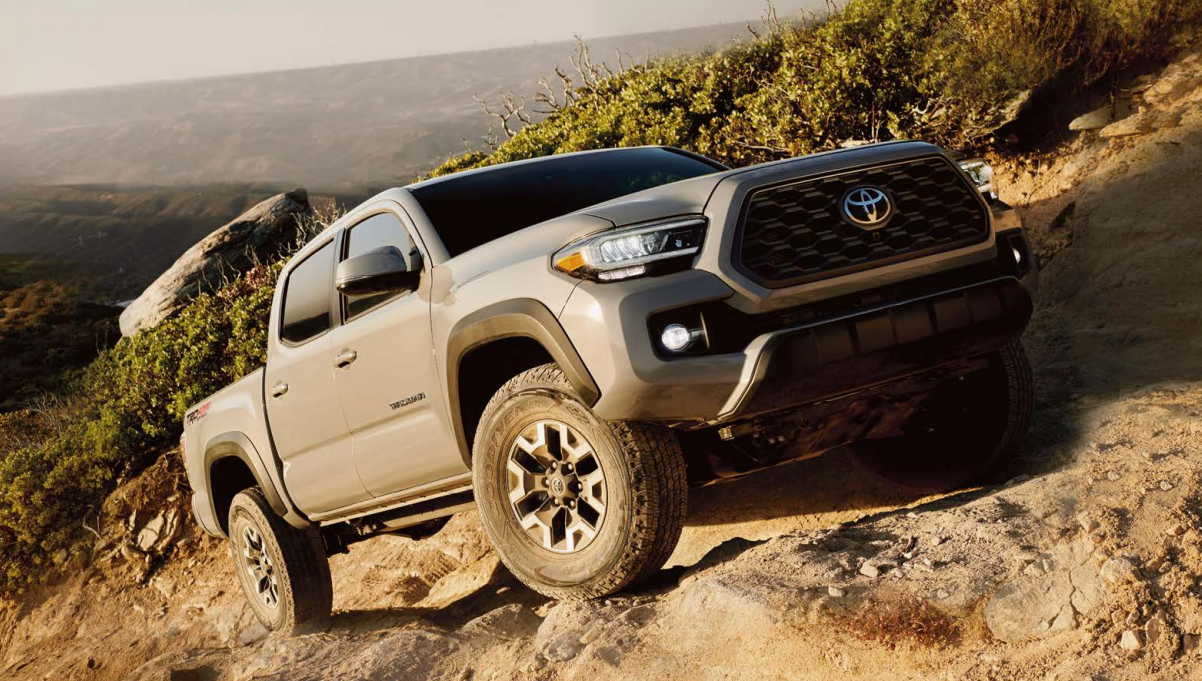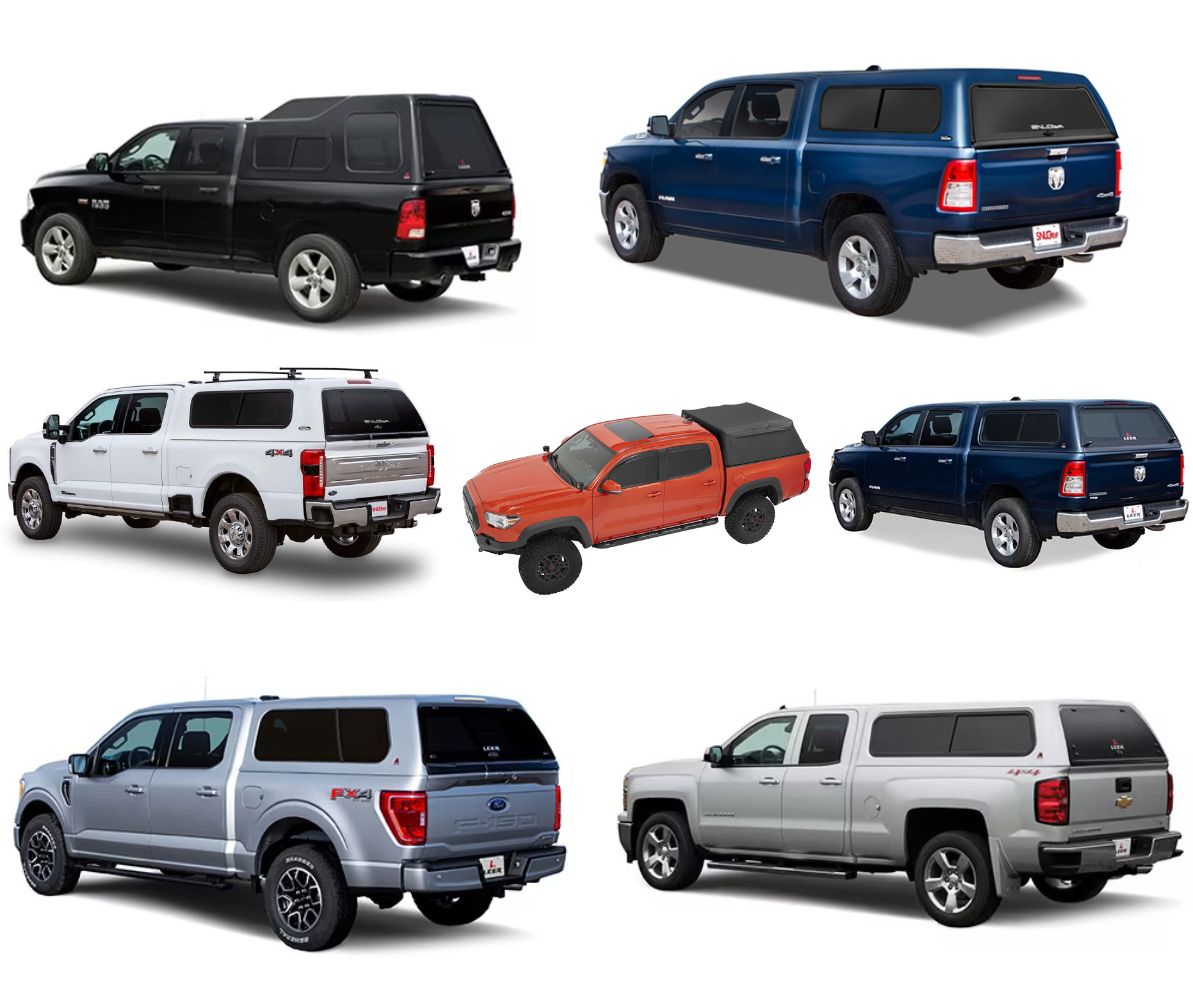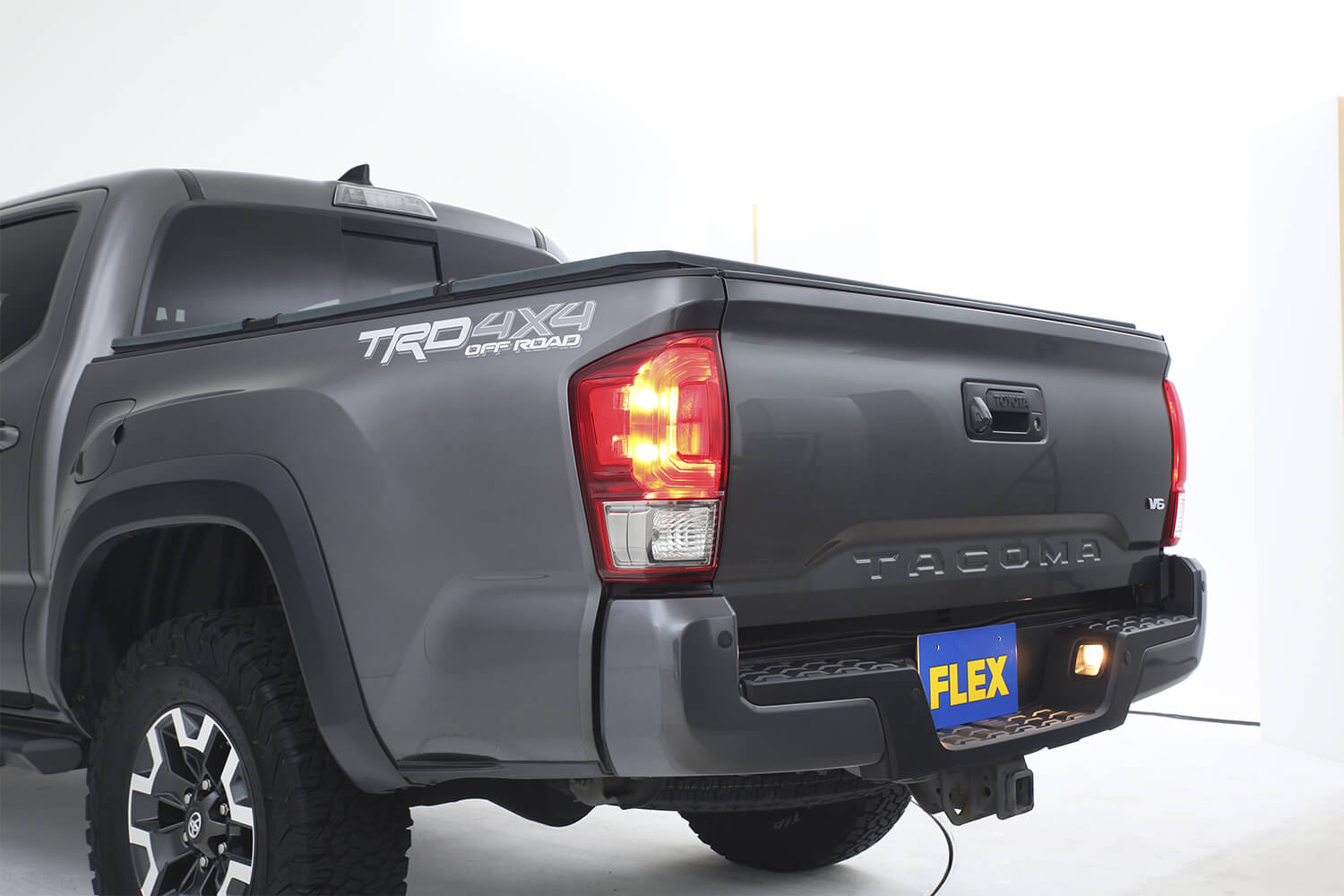Since all makes and models have years that things don’t always go right, we’ve put together a list of some of the years to avoid and problems to keep an eye out for when buying a used Tacoma.
Importance of Choosing the Right Year Model
There are a lot of things to consider when choosing the year and model of your new Tacoma. Maybe you would like more modern safety features found in the newer model, or you might prefer the performance and reliability of an older bulletproof powertrain. Regardless of why you decide on a year, you want the best truck you can buy with a good resale value.
Why It Matters
In addition to resale, reliability, and performance, some years and some models have documented issues that make them less desirable. First, there is no reason to buy a problem, and second, unless you know the issues and the price is right, you don’t want a truck you need to put more money into just to make it drivable. Some owners of the bad years may have already fixed some of the worst problems, so it’s important to know what could be wrong with a truck.

Photo by Toyota
Criteria for Identifying Problematic Models
Probably the best way to determine whether a year or a model is a problem is to go straight to current owners for their opinions. The next step is to talk with technicians because if anyone has an insight into a problem, it’s the mechanics that have to fix the issues.
Factors to Consider
There are many factors to consider when determining the worthiness of a vehicle. Some of these are easy to figure out, and others may require some legwork on your part.
Vehicle History
Service records and accident reports tell the inside story of the vehicle’s condition. You may have to pay for a report, but the price is nominal considering the information you can get on a vehicle. There are maintenance costs associated with services done at certain mileage intervals, so check the dealership records or owner’s manual for a list of things that were done by the previous owner.
Common Issues
Look for recalls, transmission failures, engine issues, and electrical problems. Check online forums and consumer reports for more information. The dealerships can tell you if there were any recalls, or you can check online in this NHTSA’s page for safety recall information.
Mechanical Inspection
Don’t buy a Tacoma you haven’t inspected. If you’re not mechanically inclined, then take a trusted mechanic with you. They can help you determine the condition of the engine and transmission, as well as do drivability tests for steering and suspension issues.
Overall Condition
A well-kept truck will look good inside and out, so check for excessive wear, rust, repairs, alignment issues like uneven tire wear, and water damage.
Price
If the price is too good to be true, walk away. There could be an undisclosed problem.

Photo by Toyota
Year Models of Toyota Tacoma to Avoid
While most Tacomas enjoy a long history of reliability, there are a few years that are not good investments.
Out of all of the years the Tacoma has been on the road, avoid the 2016-2017 years. Other years with issues include 2006-2009, 2011, and 2012.Let’s break down the models and talk about what the problems are and how to address them.
2006-2008 Models
According to owners of the 2006-2008 models, the clutch pains them the most. The clutch fails due to premature wear in the manual transmission. There have also been issues with the clutch pedal sticking or not fully disengaging. The slave cylinder has been known to fail and other parts are made from inferior materials like plastic.

Photo by Toyota
Frame rust has been a huge problem for many owners throughout the years, but as we’ve noted in our Which Years are More Reliable article, northern and coastal climates are hard on the frames. Toyota did offer a recall and warranty extension that either ended with a frame replacement or a buyback.
Paint bubbles and clear coat peeling have been reported in some of the colors on the roof and hood with some damage so extensive that bare metal has been exposed.
The automatic transmission is sluggish or hesitant, and it can be slow to downshift.
Leaf springs have been a problem for Toyota for a long time. They tend to crack or break. The newer Tacoma upper-level models now have coil shocks rather than leaf springs, so that helped some models avoid the problems.
Drivetrain issues include shudders and vibrations on acceleration due to a faulty driveshaft or a bad u-joint.
The interior is low quality and people have complained about rattles and squeaks, and in some cases, a cracked dash.
The V6 uses a lot of oil according to some users, so check for leaks under the hood and on the ground.
Glitches and failures in the power windows, locks, and steering system seem to indicate an electrical concern.
A faulty sensor in the airbag causes the light to come on. You may need a tech to help you track this one down.
2009 Models
Many of the same problems in the 2006-2008 models have carried over to the 2009, but the 2009 has a few unique concerns.

Photo by Toyota
The steering has a vibration and shaking in the steering wheel at highway speeds. It can be traced back to a steering rack or alignment troubles. Also, some of the steering components wear out prematurely.
Soft and unresponsive brakes seem to be due to premature wear of the brake pads, so keep your eye on the brake pads and replace them before they wear out.
The electrical system has known problems with a relay sticking that causes power drains. There are also some problems with dash lights and warnings not turning off when the truck is running. The problem could be fuses or the ignition switch. The lights can also stay on even when the truck is turned off.
2011 ModelsThe 2011 Tacomas have been recalled 9 times by NHTSA with safety issues that include hood scoops flying off and becoming a road hazard, a faulty copper wire in the heated seats that can cause a fire, and tire pressure concerns.
Like other years, owners have found issues with the leaf springs, as well as a rusted drive shaft, uneven tire wear, faulty 12V plugs, AC fan settings, wire connectors shorting out, gasket leaks on the transfer case, and burned lenses in the running lights.
2012 Models
Along with the rust concerns and vibrations at highway speeds, the 2012 Tacoma suffers from air injector pump failures at around the 60,000-mile mark. A repair can cost between $1,500 and $2,000.

Photo by Toyota
Many people considered the 4-cylinder to be underpowered, which slowed acceleration.
A leaky steering linkage and premature ball joint wear can both be expensive to fix.
There was a recall on the Electronic Stability Control due to a faulty actuator.
2016-2017 Models

Photo by Toyota
When we talked about the years to avoid, these are the years with the most problems. In addition to most of the above-mentioned issues, there are many other glitches with these years according to techs that have to work on them. Here are some of the most common complications:
- 3.5L – Oil leaks on the timing cover and the side of the engine vacuum pump
- Coolant leaks due to the coolant bypass pipe being plastic rather than aluminum – look for a trail of coolant on the top of the transmission on the passenger side.
- Loud engine noises when the direct injection is running
- Fuel pump chirps – replacing it with a newer one fixes this
- Acceleration stumble can be fixed with software updates
- Drivability troubles may be fixed with software updates
- Chronic drive belt noises can be fixed with a new belt
- Water pumps leak
- Valve cover leaks
- Automatic transmission surges – software updates may fix this
- Shaking at 40-50 miles per hour – can be fixed by accelerating
- Front differential noise when in 2WD – an updated differential will fix this
- 4WD can seize up from non-use
- Paint bubbles
- Rust around the door
- 3rd brake light seal leaks
- AC doesn’t run well in temperatures over 100º due to only having one fan – there is a Toyota kit that installs a second fan under warranty
- If you modify the truck, some of the safety features no longer work
You can see this is quite a list of concerns, and while some can be fixed with software updates or replacing bad parts, the Tacoma had so many other great years that you might want to avoid these.
Which Year Models of Toyota Tacoma are Safe to Buy Used?
Now for the good news. Just because the list of years to avoid seems long, doesn’t mean there are no good Tacomas. In fact, there are at least 14 years of good trucks on the market. 1995-2000, 2003, 2010, 2013, and 2018 to today all have excellent reviews and very happy owners.
Like all used vehicles, do your due diligence when it comes to buying a Tacoma from an independent seller or a dealership. Make sure you can see the service records and take a test drive before agreeing to anything.

Photo by Toyota
Common Toyota Tacoma Problems
Some of the troubles with the Tacoma are common due to faulty design or workmanship. Here is a list of the most common issues that may be traced back to these sources.
Peeling paint
Some Toyota colors, like Super White, painted in specific manufacturing facilities have experienced peeling on the door frames and front inner fender edges. There is a Toyota extended paint warranty support program in place to help consumers.
Faulty transmission
Between reports of shudders in the automatic transmission and early clutch failure in the manuals, Toyota has its hands full of transmission problems.
Lower ball joint issues
The entire first generation Tacoma was plagued with bad design when Toyota put the ball joint below the spindle. The problem included clunking and squeaking, while the steering got sloppy and loose. It also caused uneven tire wear.
Faulty starter
The starter has a history of buildup on the starter solenoid contacts. In some cases, even after replacing the starter, the problem persists. You may need help tracking down the source of the problem to fix it.
Suspension issues
There is an active recall on some of the 2024 Tacoma models that also includes 381,000 pickups from 2022 to 2023 due to welding debris left on the ends of the rear axle assembly.

Photo by Toyota
Engine misfires and stalls
A known connectivity issue in the electrical system causes intermittent misfires due to the trigger of an error code. This misfire problem can be fixed by moving the wires around while the engine is running until you lose the misfire.
Bluetooth connectivity issues
This known issue requires you to reset all of your devices and reconnect them. Check for software updates that may patch the problem.
Vehicle Speed Control problems
If this component is faulty, you may lose your cruise control, as well as have ABS brake issues. Your odometer and speedometer may also stop working. This VSC issue can be dangerous at highway speeds if it suddenly surges or significantly decreases the speed.
Oil leaks
The Tacoma is known for crankshaft seal leaks. A new seal should solve the problem.
Is It Worth It to Buy a Used Toyota Tacoma?
When you know what to look for and what to avoid, you can make an informed decision about shopping for your new truck. Since there are so many years to choose from, you may have questions about the Tacoma. If you do, the team at FLEX Automotive is an expert on all things Toyota Tacoma, so they can answer your questions. You can call or contact them below. In addition to their extensive knowledge about the Tacoma, they also specialize in retro-mod Tacomas under their Renoca Windansea brand. If you’re looking for an older-style truck with all the latest high-tech gadgets and custom interiors, then check out the Windansea today.




